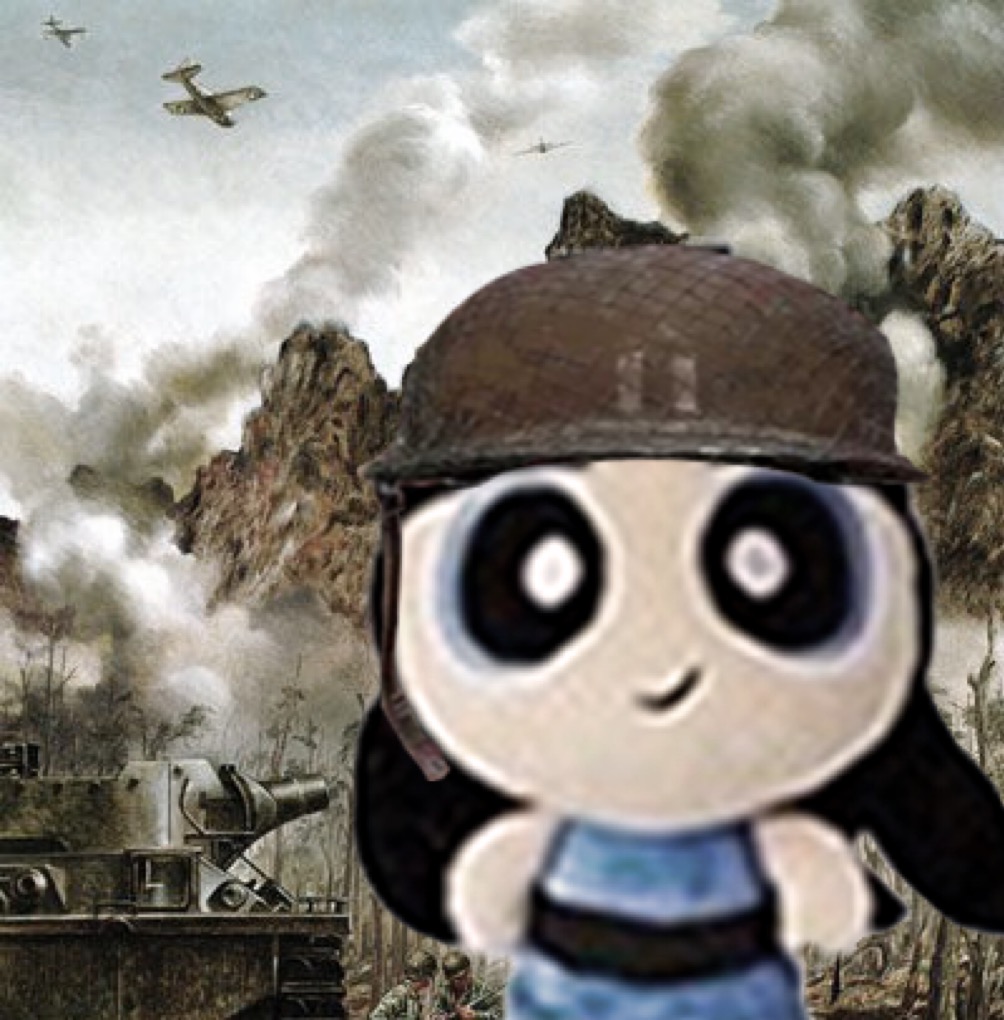Painting
Cards (13)
- Painting
- The style of objective accuracy
- Two ways of style of objective accuracy
- The artist as detached observer
- The artist as selective eye
- Correct drawing
- Control and handling of illumination
- Focus
- Color
- Perspective
- The style of formal order
- The style of emotion
- The style of fantasy
